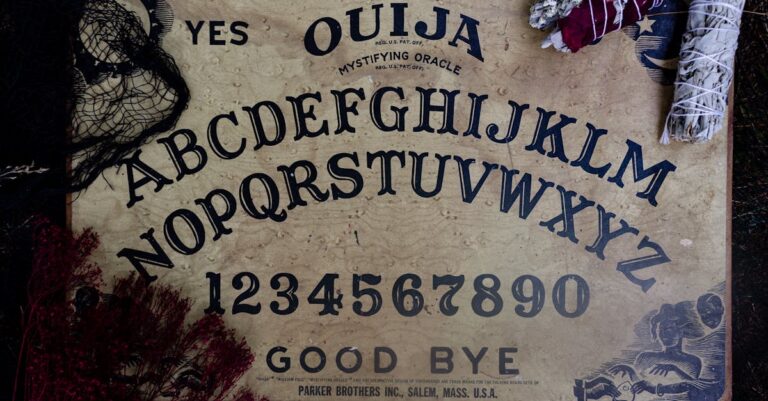
The facility hummed like a trapped insect, its steel bones creaking under the weight of storm clouds. Dr. Elara Voss stepped from the jeep, her boots crunching gravel as she stared at the structure ahead. The building was a jagged rectangle of glass and concrete, its windows dark except for a single flicker of light on the third floor. She adjusted her coat against the wind, the air sharp with the scent of pine and ozone. A man in a lab coat approached, his face obscured by shadows.
“You must be Voss,” he said. His voice was flat, like a blade dragged across stone.
She nodded, pulling her scarf tighter. “I was told this project involved anomalies.”
“It does.” He gestured toward the door. “Come. They’re expecting you.”
Inside, the air was colder, sterile. Fluorescent lights buzzed overhead, casting a pale glow on white walls. A woman in her fifties stood near a glass chamber, her back to them. The chamber was empty except for a single object: a crystalline structure, about the size of a fist, suspended in a magnetic field. It pulsed faintly, emitting a low hum that vibrated in Elara’s teeth.
“This is Project Lumen,” the man said. “We call it the Paradox.”
The woman turned. Her eyes were pale, almost translucent. “It defies classification. It’s not matter, not energy. It’s… something else.”
Elara stepped closer, her breath fogging in the cold. The crystal shifted, its glow intensifying. She felt a pull, like gravity had tilted sideways. “What does it do?”
“It observes,” the woman said. “And it reacts.”
The next week was a blur of data streams and sleepless nights. Elara worked in shifts, her fingers numb as she analyzed the crystal’s patterns. It responded to stimuli—light, sound, even thought. When she whispered questions, the glow would flicker in rhythmic pulses. But the more she learned, the more the facility felt like a cage.
One night, she found herself in the control room, staring at a live feed of the crystal. Its light had deepened to a violet hue, and the hum had grown louder. A shadow moved in the corner of the screen—a figure, indistinct, watching back. Elara’s pulse quickened. She leaned closer, squinting. The figure vanished.
“You saw it,” she said, turning to the technician beside her.
He shook his head. “No one’s in there. Just the crystal.”
But Elara knew what she’d seen. That night, she stayed late, recording the crystal’s behavior. The patterns became more complex, almost… intentional. She began to suspect the facility wasn’t just studying the Paradox—it was trying to communicate.
The breakthrough came when she noticed a repeating sequence in the pulses: a binary code. Deciphering it took days, but when she finally translated it, the message was simple, haunting: *Why are you here?*
She froze. The question wasn’t directed at her. It was a warning.
The next morning, the facility’s director summoned her. His office was dimly lit, the walls lined with files labeled *CONFIDENTIAL*. He didn’t look up as she entered.
“You’ve been asking the wrong questions,” he said.
“I’m trying to understand what we’re dealing with,” Elara replied. “This isn’t just an anomaly. It’s alive.”
He finally looked at her, his expression unreadable. “You’re not the first to think that.” He stood, pacing slowly. “The Paradox doesn’t just observe. It adapts. It learns. And it doesn’t like being studied.”
Elara’s hands clenched into fists. “Then why keep it here?”
“Because it’s the only one we’ve found,” he said. “And if we don’t understand it, someone else will.”
That night, Elara returned to the chamber. The crystal’s glow was brighter now, its hum a low thrum in her chest. She reached out, her fingertips brushing the glass. A surge of light exploded through the room, and for a moment, she saw everything: stars collapsing, galaxies folding into themselves, a vast intelligence watching through the Paradox’s eyes.
She staggered back, gasping. The crystal’s light dimmed, and the hum faded. When she looked again, it was just a lump of crystal, silent and still.
The next day, the facility was empty. No one had left—no alarms, no signs of struggle. The director’s office was locked, the files gone. Elara wandered the halls, her footsteps echoing in the silence. The Paradox was gone too, its chamber empty except for a single note on the floor: *You were never meant to find us.*
She never spoke of what she saw. But sometimes, in the quiet moments between heartbeats, she’d feel the pull again—a whisper at the edge of her mind, inviting her to look beyond the veil.


